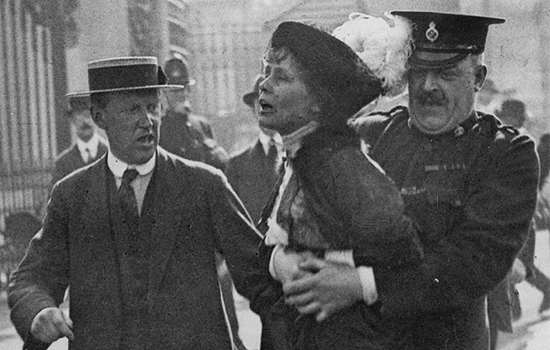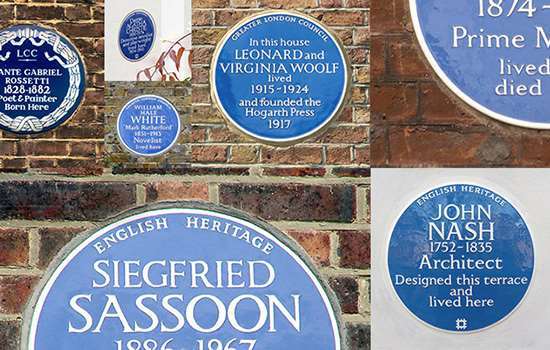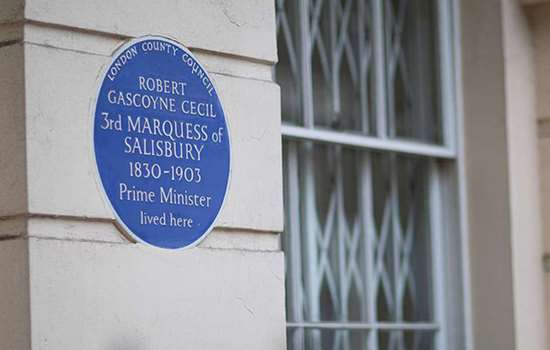TAGORE, Rabindranath (1861-1941)
Plaque erected in 1961 by London County Council at 3 Villas on the Heath, Vale of Health, Hampstead, London, NW3 1BA, London Borough of Camden
All images © English Heritage
Profession
Poet
Category
Literature
Inscription
RABINDRANATH TAGORE 1861-1941 INDIAN POET stayed here in 1912
Material
Ceramic
Rabindranath Tagore is one of the most influential figures in Indian literature and culture. A poet, essayist and campaigner, he advocated for multi-culturalism and became the first non-European to win the Nobel Prize for Literature. Tagore is commemorated with a blue plaque at 3 Villas on the Heath in Hampstead, where he stayed in 1912.
WRITER AND CAMPAIGNER
Rabindranath Tagore’s life and career were rooted in the Bengali region of India, but he was also one of the first Indian writers to gain international recognition. He emerged out of the Bengal Renaissance spearheaded by Ram Mohun Roy, who Tagore greatly admired. Tagore experimented endlessly and wrote poetry, songs, novels, short stories, dramas and essays.
He is now best remembered for his poetry and advocacy for multi-culturalism. Gandhi called him the ‘Grand Sentinel’ of Indian nationalism, owing to his strong anti-imperialist stance. Tagore argued for Hindu-Muslim unity and campaigned against Lord Curzon’s 1905 partition of Bengal.
In 1912 he started work on an English translation of religious songs, and continued to work on them on the ship to England later that year. It was this collection – eventually called Gitanjali (‘Song Offerings’) – that would turn him into an international star.
HAMPSTEAD, YEATS AND THE NOBEL PRIZE
Number 3 Villas on the Heath was Tagore’s home for a few months in the summer of 1912, during his third visit to England. The lodgings were found for him by the artist and writer Sir William Rothenstein, who lived nearby at 11 Oak Hill Park (now demolished).
While at number 3, Tagore showed the Gitanjali collection to Rothenstein, who was so impressed he sent it to WB Yeats. On 7 July 1912 at Rothenstein’s house Yeats read the songs to an entranced audience that included Alice Meynell and Evelyn Underhill. Tagore told a friend that ‘people here have taken to my work with such excessive enthusiasm that I cannot really accept it’. He subsequently won the 1913 Nobel Prize for Literature for the collection, the first non-European to do so.
He later toured extensively, travelling as far afield as Japan, America and Iraq. At these talks he spoke against war and nationalism, promoted pan-Asianism, raised awareness of India's spiritual heritage and laid out his aesthetic and educational philosophy.
Tagore renounced his 1915 knighthood in protest at the Amritsar massacre of 1919, when troops of the British Indian Army fired rifles into a crowd of Indians, who had assembled for a peaceful protest.
Nearby Blue Plaques
More About Blue Plaques



